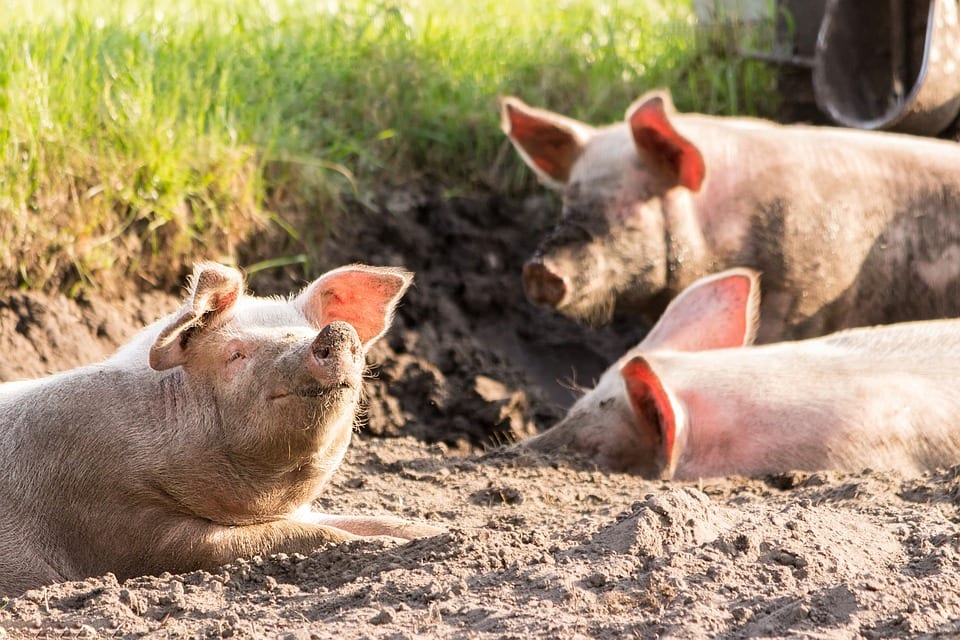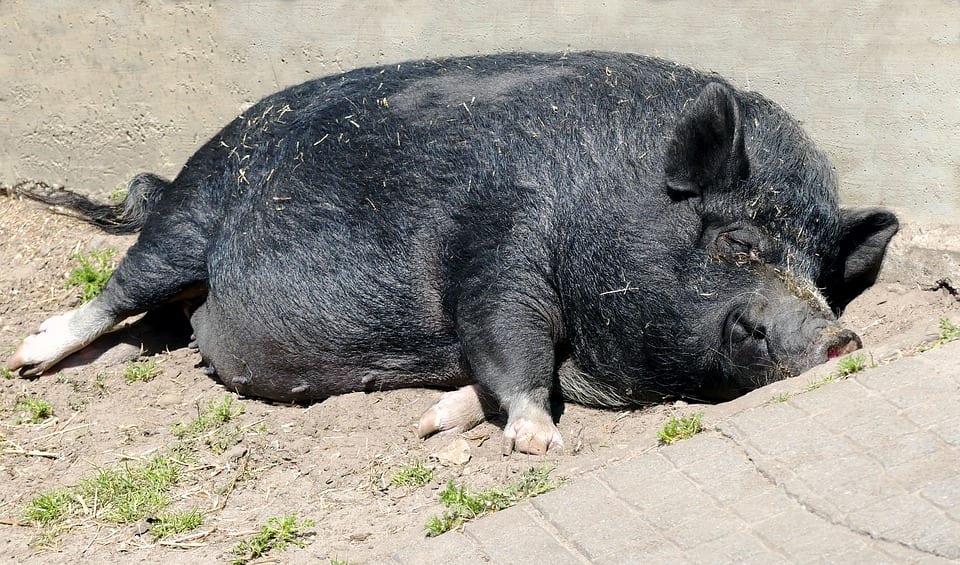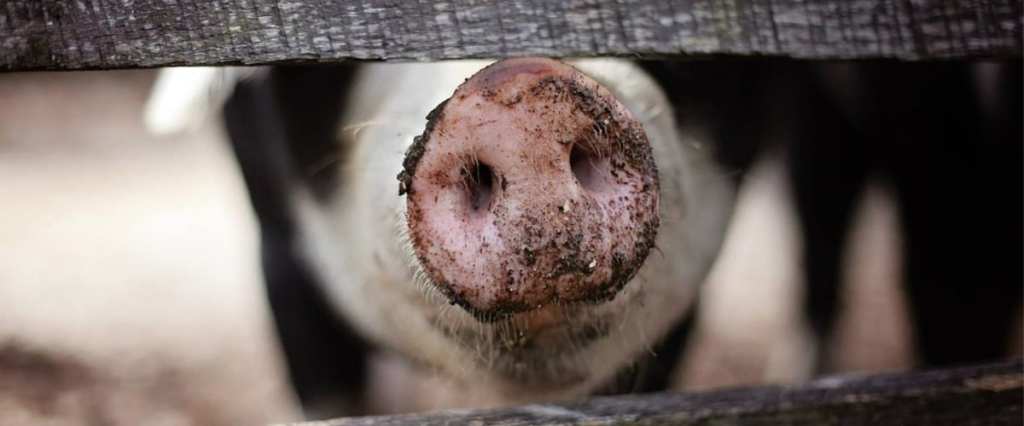I’m afraid that if you’re someone who is easily paranoid about diseases or germs, this is going to be bad news. I know that after watching the movie Contagion, I found it hard to eat in a restaurant for weeks…so yeah. This isn’t great.
Because hundreds of thousands of pigs are sick, dying, or dead across the world, and, honestly, we’re kind of at a loss as to how to stop it.
This concerns you even if you don’t have an (un)healthy fear of being infected by a virus that suddenly has the ability to jump from animals to people because as the food supply suffers, so does your pocketbook – it’s simple supply and demand.

Image Credit: Pixabay
The deadly pig virus has been dubbed “pig Ebola” because of its high mortality rate and gruesome symptoms, but in actuality, the pigs have contracted African swine fever.
Though the outbreaks have mainly taken hold in China, Hong Kong, North Korea, Mongolia, and Vietnam, cases are also being reported in Eastern and Central Europe – currently to the tune of 200 million pigs, with more being proactively euthanized in an attempt to control the situation.
Dirk Pfieiffer, a veterinary epidemiologist, spoke with the Guardian about what we’re facing.
“This is the biggest animal disease outbreak we’ve ever had on the planet. It makes the foot and mouth disease and BSE [mad cow disease] outbreaks pale in comparison to the damage that is being done.”

Image Credit: Pixabay
The good news is that even if people eat tainted pork, we can’t catch the illness – it is not transmissible to humans. Pigs and wild boars are not as lucky: there’s a near 100% fatality rate after contraction.
If the virus itself ever leapt to humans, it would be tough to fight – it can survive in refrigerated blood for 6 years and in serum at room temperature for 18 months. It can even live in salami and salted meats that have not been cooked for up to 6 months.
It’s very resilient, hard to kill, and there is no cure or vaccine at this time.
Researchers are hoping to be able to use gene editing in the near future to create pigs resistant to contracting the virus in the first place, and a vaccine is in process (though far from ready).

Image Credit: Pixabay
The virus originated in Africa and was first spotted in the early 20th century. Its first migration out of the continent was in 1957, when it was reported in Portugal. Until now, the virus has popped up infrequently and the outbreaks were easily contained.
Things are different, now, largely because of the sheer number of pigs – 440 million – the virus has access to in China and Asia, where it’s spreading like wildfire and leaving a (pig) wasteland behind it. And we’re not really sure how to proceed, according to Justin Sherrard, a global strategist for animal protein.
“It’s unprecedented, and there are many dimensions of the situation that are still not fully understood.”
Kind of makes you feel all warm and fuzzy, right?
NOPE. Not so much. Here’s hoping it stays with the pigs, even if that means paying more for pork.






